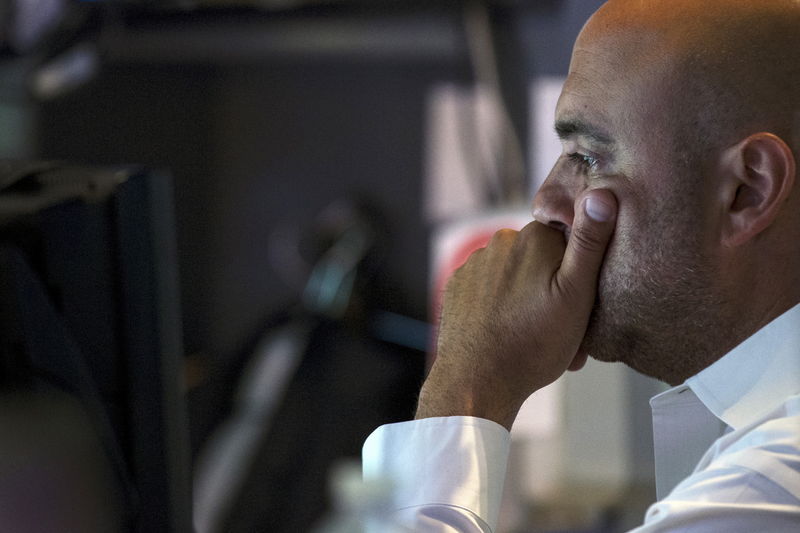MILAN (Reuters) - Italy will soon come under scrutiny for a triple review of its sovereign rating - already not too far from non-investment grade - while still reeling from the impact of the coronavirus epidemic.
First in line is S&P Global, whose report card is due on April 24, followed by Moody's and DBRS on May 8.
Combating the economic shock caused by the virus, which has paralysed activity since early March, will require much higher public spending, therefore increasing debt.
Italy's ruling coalition - the 5-Star Movement and the centre-left PD party - last month approved a 25-billion euro ($27 billion) stimulus package with a decree called "Cura Italia".
The government on Monday passed a new emergency decree that will provide more than 400 billion euros ($432 billion) worth of liquidity and bank loans to companies hit by the epidemic.
The legislation, combined with a previous stimulus package unveiled in March, would allow banks to offer credit totalling more than 750 billion euros to try to stave off the collapse of the euro zone's third largest economy.
Italy was already tipping into recession before the COVID-19 crisis. Data from the national statistics bureau ISTAT showed its gross domestic product contracted by 0.3% in the fourth quarter of 2019 from the previous three months.
Economists are unanimous in forecasting another, much sharper decline in the first quarter of this year and for 2020 as a whole.
Italy’s rating outlook is viewed as key by financial markets. Given its high debt levels and that this would be its fourth recession since 2008, it is viewed as one of the euro zone's weakest links.
Following are some key points for Italy's rating path.
* S&P Global rating on Italy stands at 'BBB', the second-lowest investment grade, with a negative outlook. Frank Gill, S&P director of sovereign ratings for EMEA, said last week the agency saw no "immediate need to adjust" the credit rating.
* Both Moody's and DBRS will update their rating on May 8. Moody's ranking stands at 'Baa3', a single notch away from non- investment grade, with a stable outlook. DBRS's grade is 'BBB (high)', with a stable trend. The Canadian agency considers 'speculative or non-investmant grade' sovereign rating equal or lower than 'BB'.
* Business lobby Confindustria said last week it sees Italian GDP falling by 6% and deficit rising to 5% of GDP in 2020 due to the coronavirus outbreak. The debt-to-GDP ratio could spike to 147.2% from 134.8 in 2019.
* Economy Minister Roberto Gualtieri said last week the business lobby's GDP forecast was realistic.
* LC Macroadvisor economist Lorenzo Codogno said on Friday he saw increased rating downgrade risks for Italy and other countries. Fitch cut Britain's sovereign debt rating in late March.
* According to Alessandro Tentori, Cio at Axa, there are no downgrade risks for Italy in the short-term, at least while the virus outbreak rages.
* In reports published last week, Commerzbank (DE:CBKG) and Kames Capital envisaged for Italy a downgrade to "junk".
* Goldman Sachs (NYSE:GS) said it sees Italy's deficit at 10% and debt/GDP ratio at 160% in 2020.
* Think-tank Prometeia said it expects Italy's GDP to fall by 6.5% in 2020, with public debt rising to 150% by the end of the year.
* Think-tank Ref said in a report published on March 20 Italy's economy would contract by 3% in the first quarter of 2020 and shrink a further 5% in the second quarter.
* Stretching the horizon to the summer, Fitch Rating will update its review on July 10. The agency currently rates Italy at 'BBB', two notches above 'junk', with a negative outlook like S&P Golbal.
* The closely-watched 10-year bond yield spread between Italy and Germany briefly rose to around 320 basis points on March 18, narrowing only after the European Central Bank stepped in with ramped-up asset purchases to stem market panic. That gap is currently around just below 200 bps (DE10IT10=RR)
